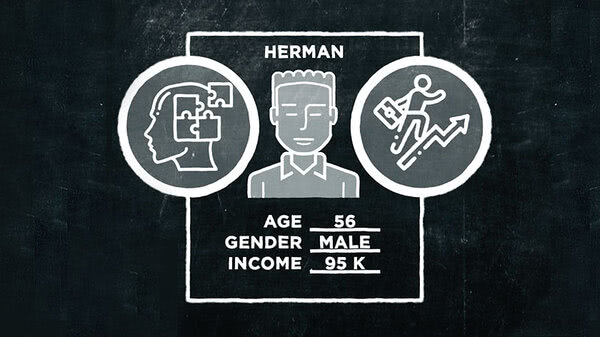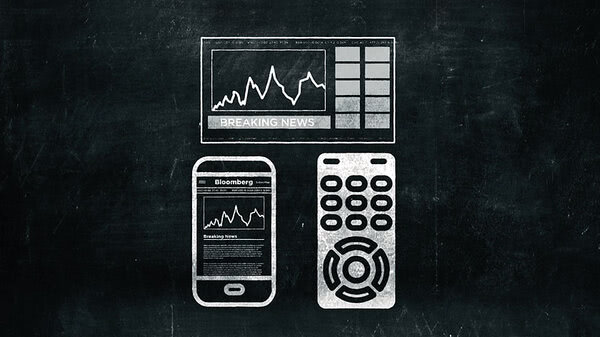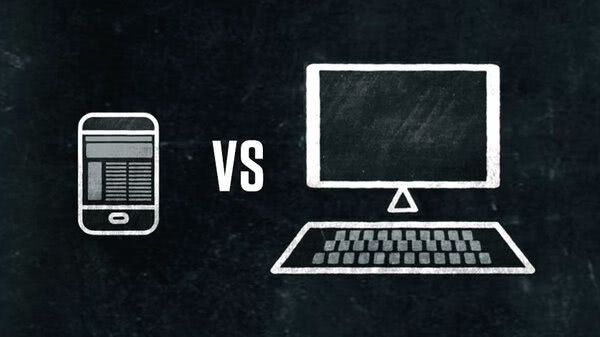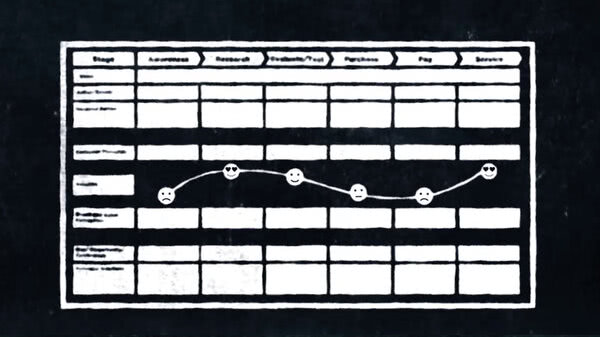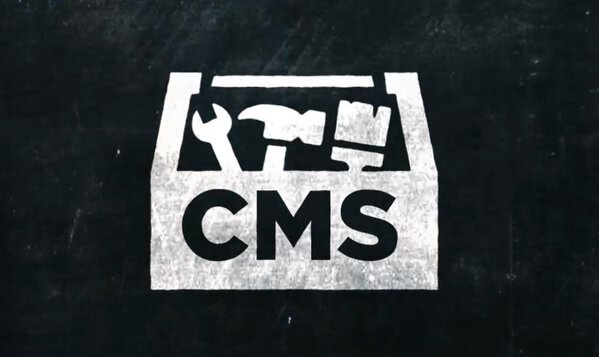All right. We've covered how to create a brief--and what goes into one. To review, here's a checklist.
Number one, is your Creative Brief actually brief? Two pages or less, please. One page? Even better. Clear and to the point.
Two, have you identified the mediums and forms for your project? Some might argue this is self evident, but put it in the brief anyway. List the elements that will actually make up your campaign. A website, a series of print ads, or a two-minute video for play in airline cabins--whatever the final products are.
Three, have you identified the project's goals? What is it you want people to do, think or feel as a result of the project? The project's goal should be clearly stated. Whether it's to persuade people to take the allergy medication as a preventative, or to consider UV protection when selecting their eyeglasses. There's certainly something you want people to do. What is it?
Four, have you identified the target market or audience? I mean, who are we talking to? Can you describe this target audience in a single phrase or sentence? Maybe you're addressing healthcare practitioners or women who drink coffee while commuting.
Obviously, not every target audience can be so specific. But, even if you're speaking to a broader demographic, try to add a detail or two. You don't have to go as far as building an entire persona at the brief stage. But you want to create some kind of mental image of your audience, so that your team can picture these people as they start work.
Five, have you stated the project's single message or insight? Sometimes the message and the goal are one in the same. But, when they're not, stating a clear message can give insight into the psychology or thinking that you're attempting to leverage.
If your goal, for example, is to get people to eat more eggs, the single thought or message you might want people to absorb is that eggs are good for you. And, by the way, when I say single message or takeaway, I mean it. The one thing, not three. Ironically, this is also called many things, including Unique Selling Proposition, Product Differentiator, Peg, the Key Message, Single-minded Proposition, Primary Differentiator, USP...
Six, have you identified the problems to be addressed or overcome? This is the flip side of the project's goal. But, stating it as a problem to be overcome can sometimes inspire a creative solution. In the example above, the problem could be that people believe eating eggs will raise their cholesterol levels. In other campaigns, consumers' fears of dark beer, dark house paint colors, and Marmite each inspired, separate "Don't be afraid of the dark" ad campaigns. In all three of these examples, the problem to be overcome not only inspired, but actually became, the overt message.
Seven, have you nailed down the budget and delivery dates for your campaign or project? This one's self evident. If you're the client, you want this stated upfront.
Eight, have you stated how you will evaluate the success or failure of your campaign? Sales figures will probably yield the hardest data. But, focus groups and surveys conducted before and after an ad campaign can also offer good evidence as to whether your efforts have paid off.
If you're creating a website or an app, there are plenty of analytics out there to measure traffic and conversion rates.
The important thing is to agree on what your KPIs are before you begin work. And then take some baseline measurements.
And lastly, make sure that all the stakeholders have seen and read the Creative Brief. Unlike Fight Club, the most important rule of the Creative Brief is that everyone talks about the Creative Brief.
Well, that's about it. The takeaway here is to be clear and succinct, but not prescriptive. Another way to say that is to use your brief to state the "when," the "why," the "who," and the "what" of your campaign. But leave the specifics of the "how" to your creative team.




